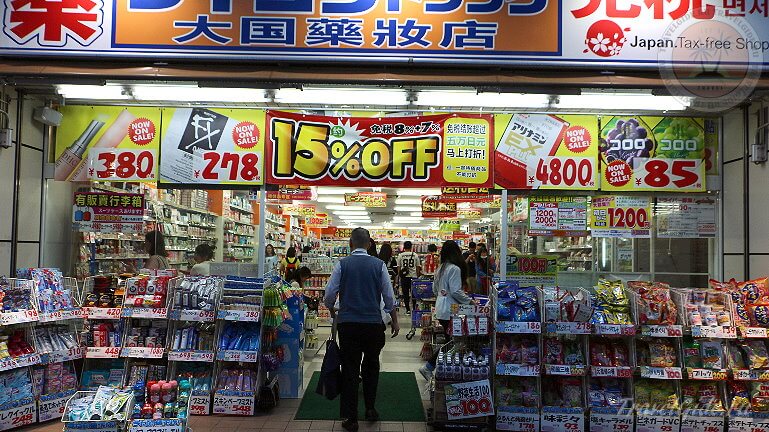
How Japanese supermarkets differ from Russian ones
ToWhen I go to a new country, I always try to visit the supermarket first. What is sold there, in what packaging, in what volumes, how the staff works - all these, at first glance, insignificant details tell us about the local culture. Spending 10 minutes at the supermarket will tell you a lot about what the locals eat, how they live and what they love.
Below are some of the nuances that became a kind of “revelation” for me and showed the difference between us and the Japanese.
About supermarket carts: size matters
Shopping carts in supermarkets in Japan are much smaller than ours. Remember Metro, Auchan, Globus or any other large chain store. Japanese merchandise carts are at best as spacious as two standard hand baskets.
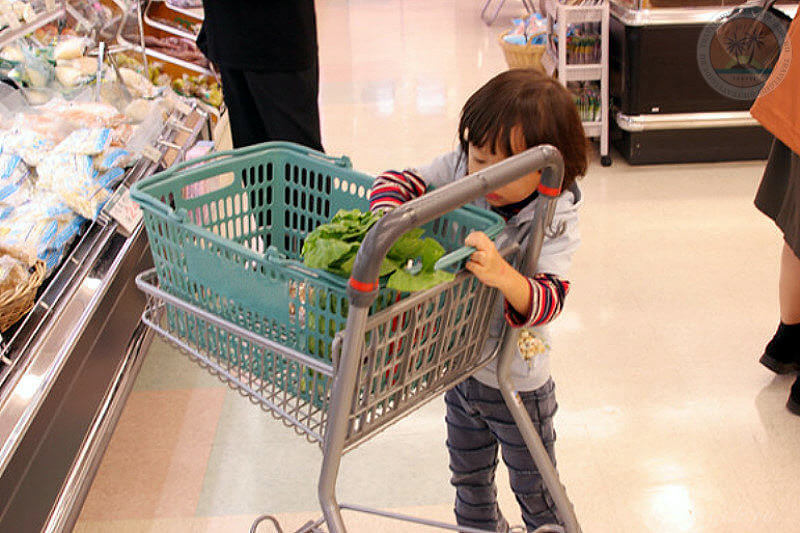
In Russia, you take baskets when you are going to buy just a few items. However, most buyers use roomy carts. This fact essentially reflects the national way of buying products.
In Russia, there are many who are purchased for several days. In Japan, it is customary to visit the store and buy food there almost daily. The point of going to the store every day is to cook with the freshest products and buy products at the best promotional prices.
About canned food: little choice and a cold attitude
In my opinion, there are really few canned food in Japan. Most likely this is due to the tradition of cooking from fresh products, but the fact remains. Canning departments in Japanese supermarkets can be called tiny, where they mainly stock canned fish and seafood.
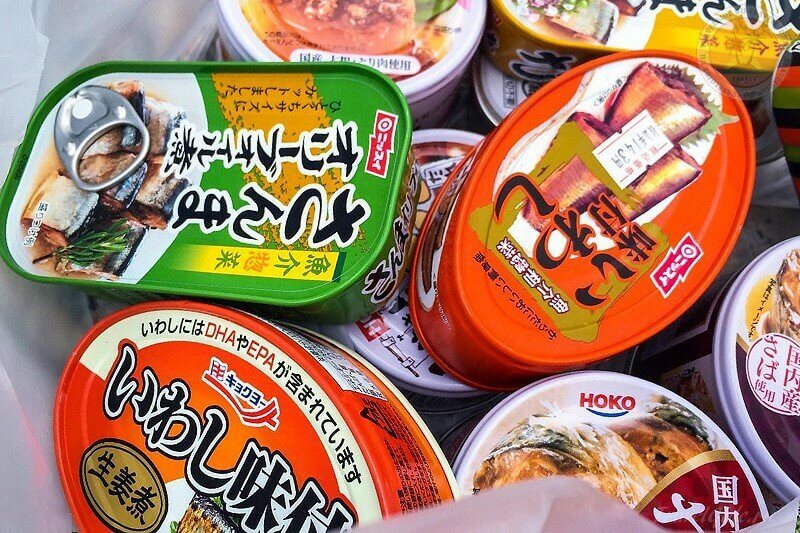
In Russia, on the contrary, there are a lot of various canned goods: from all kinds of vegetable, meat and canned poultry to full-fledged independent dishes.
When there was some kind of panic in Japan related to the virus, the locals first of all began to buy instant noodles, the variety of which is simply amazing. At the same time, they did not remember about the conservation department for a long time.
This is what shows that canned food is far from the first thing that comes to the mind of local residents when they think about food that is stored for a long time.
About rice in Japanese supermarkets
Undoubtedly, Japanese cuisine is fundamentally different from Russian, so in a Japanese supermarket you will find whole rows with products that you will not find at home. For example, a huge variety of soy sauce, miso or seaweed.
Many foreigners in Japan are surprised by shelves filled with sacks of rice. In Russia, rice is most often sold in packages of 500, 800, 900 or 1000 grams. Of course, there are more volumes, but in general this is an exception.
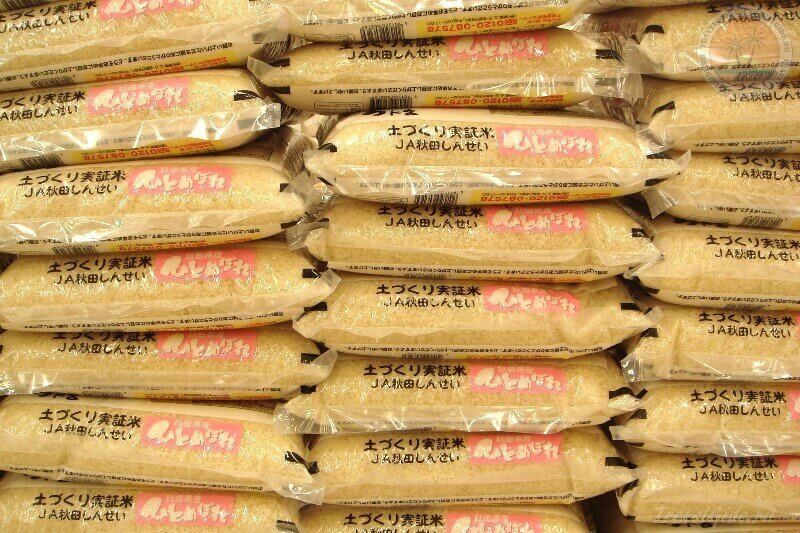
In Japan, it is customary to buy rice in plastic bags of 5 kilograms. There are many varieties of rice from different regions of the country, and many families have their own preferences for choosing a particular variety. Do not look for rice from other Asian countries, it is rare in Japan.
Payment for goods at the checkout: so it was with us
In Russia, we usually put our purchases on a tape in front of the cash register. The cashier scans the goods, and we pack everything in bags, on the other side of the cash register. In Japan, most often cashiers transfer products from your basket to another basket by scanning the goods.
After paying, you take your shopping cart to the stacking counter, where you can slowly and neatly sort everything into bags. I personally like this system. If I don’t confuse, then in the Magnit chain of stores, such a system was once in use.
With us, when there is a queue behind you, there is a feeling that you need to hurry somewhere. And by the way, in Japan, the cashier serves customers standing up, while in our country, of course, in a sitting position.
Yoghurts and desserts in stores in Japan
A few words about the choice of yoghurts and desserts. It best reflects the difference in food preferences in Russia and Japan.
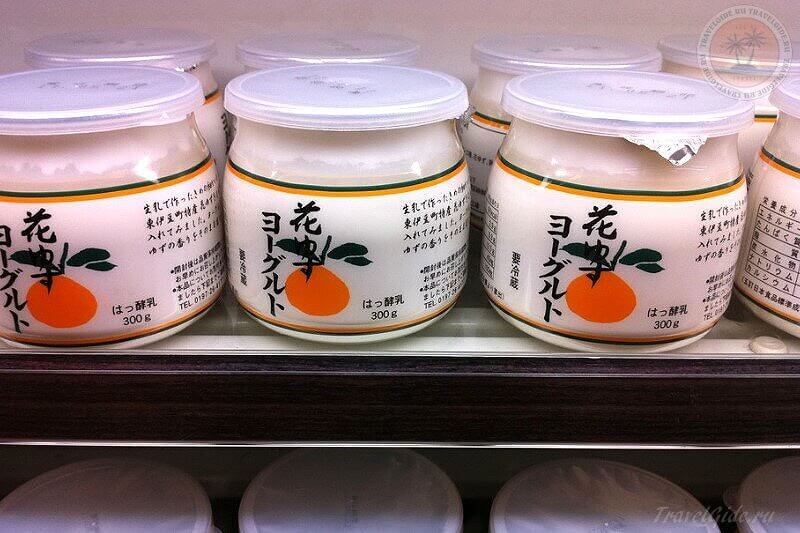
I won’t remember the whole cloud of our yogurt advertising, which has already set the teeth on edge for many. But my conclusion is the same - in Russia the choice of these products is much wider. In addition, our range of volume and type of packaging is much more diverse.
In fact, these are just a few of the distinguishing details that I noticed when visiting supermarkets in Japan. In general, visiting large stores in different countries is a really useful thing. For example, some "Tesco Lotus" in Phuket ...



With dairy products in Asian countries, things are generally unimportant - there, a significant percentage of the population has lactose intolerance in adulthood.
Alexander, true words. Approximately 65 percent of the population has a reduced ability to digest lactose after infancy. Lactose intolerance in adulthood is most common among people of East Asian descent, with 70 to 100 percent of people affected in these communities. Lactose intolerance is also very common in people of West African, Arab, Jewish, Greek, and Italian ancestry. (US National Library of Medicine)